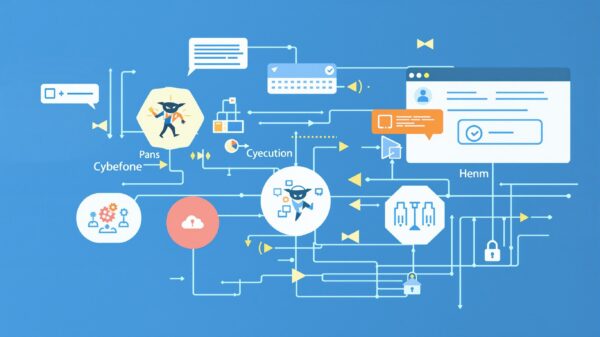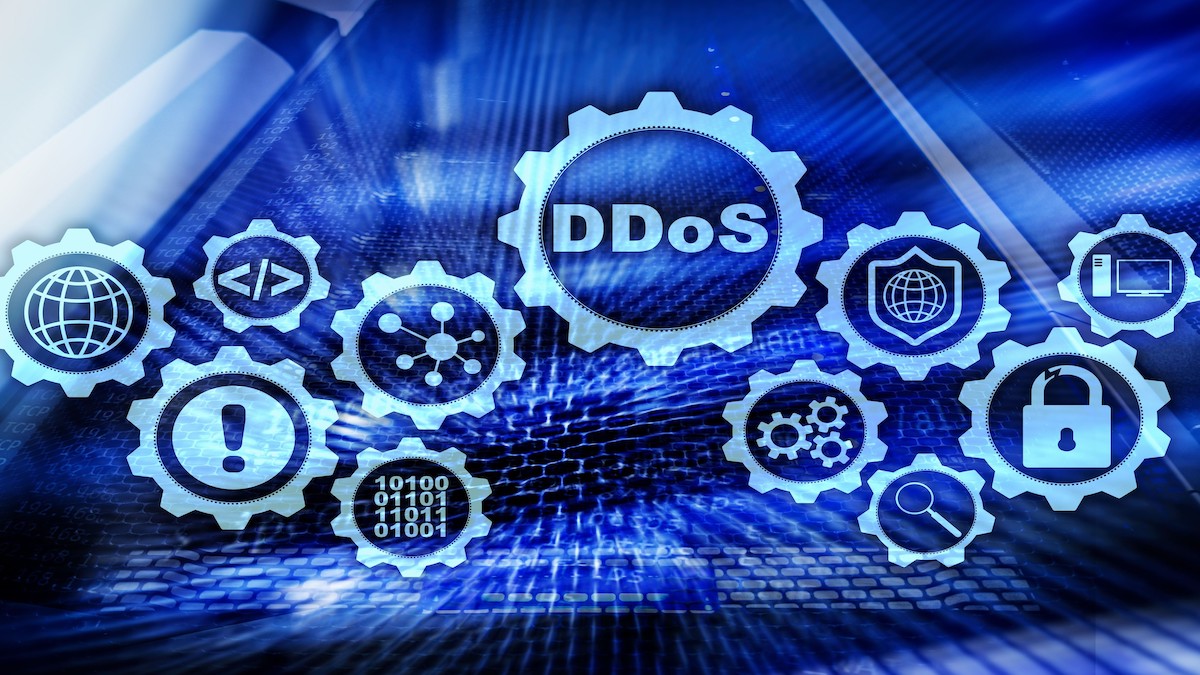DDoS (distributed denial-of-service) attacks have become increasingly common in our digital world, causing chaos and disruption to businesses, organizations, and individuals alike. Recently, a major online retailer was hit with a massive DDoS attack that caused their website to crash for several hours, resulting in millions of dollars in lost revenue. In another instance, a popular social media platform experienced a DDoS attack that caused widespread outages and frustrated users.
What is a DDoS Attack?
A DDoS attack is a malicious attempt to disrupt the normal traffic of a targeted server, service or network by overwhelming it with a flood of internet traffic. Unlike a traditional denial-of-service (DoS) attack, which is typically carried out by a single source, DDoS attacks are launched from multiple sources simultaneously, making them much harder to defend against.
How do DDoS Attacks Work?
There are several types of DDoS attacks, but the most common and effective ones involve exploiting vulnerabilities in different protocols and services. The main goal of a DDoS attack is to consume all available resources on the targeted server or network, rendering it unable to respond to legitimate requests. This can be achieved through various methods, including:
Volumetric attacks: These attacks flood the target with an overwhelming amount of traffic, often using botnets (networks of compromised devices) to generate the traffic.
Protocol attacks: These attacks exploit vulnerabilities in network protocols to disrupt communication between devices, causing service outages.
Application-layer attacks: These attacks target specific applications or services on the server, overwhelming them with excessive requests and rendering them unavailable.
The Impact of DDoS Attacks
The impact of a DDoS attack can be catastrophic for businesses and organizations. It can result in significant financial losses, damage to reputation, and loss of customer trust. In some cases, DDoS attacks are also used as a distraction tactic while hackers carry out other malicious activities such as data theft or ransomware attacks.

How to Mitigate DDoS Attacks
As the prevalence and sophistication of DDoS attacks continue to increase, it is crucial for organizations to have a comprehensive plan in place to mitigate their impact. Here are some essential steps that can help mitigate DDoS attacks:
Implement DDoS Protection Solutions: There are various tools and services available that specialize in mitigating DDoS attacks. These include firewalls, load balancers, and content delivery networks (CDNs). It is essential to regularly review and update these solutions to stay ahead of ever-evolving DDoS attack techniques.
Monitor Network Traffic: By continuously monitoring network traffic, organizations can detect unusual spikes in traffic and take action before a DDoS attack overwhelms their servers.
Diversify Infrastructure: By diversifying their infrastructure, organizations can distribute the impact of a DDoS attack across multiple servers, making it harder for attackers to bring down their entire network.
Have a Response Plan in Place: In the event of a DDoS attack, it is crucial to have a response plan in place that outlines specific steps to be taken to mitigate the attack and restore normal operations. This includes contact information for key personnel, backup and recovery protocols, and communication strategies.
Conclusion
DDoS attacks are a growing threat in today’s digital landscape. They can have severe consequences for businesses and individuals, making it essential to have a plan in place to mitigate their impact. By understanding how DDoS attacks work and implementing proper mitigation strategies, organizations can minimize the risk of falling victim to these malicious attacks.
Remember, being prepared is the first step in conquering the chaos of DDoS attacks. So, stay vigilant and take the necessary precautions to protect your business or organization from these disruptive and damaging cyber threats. Keep your systems up-to-date with security patches, regularly review and update your DDoS protection solutions, and have a robust response plan in place.
With these measures in place, you can confidently navigate the digital world and protect your assets from potential DDoS attacks. Let’s work together to conquer the chaos of DDoS attacks! Happy and secure computing!






















